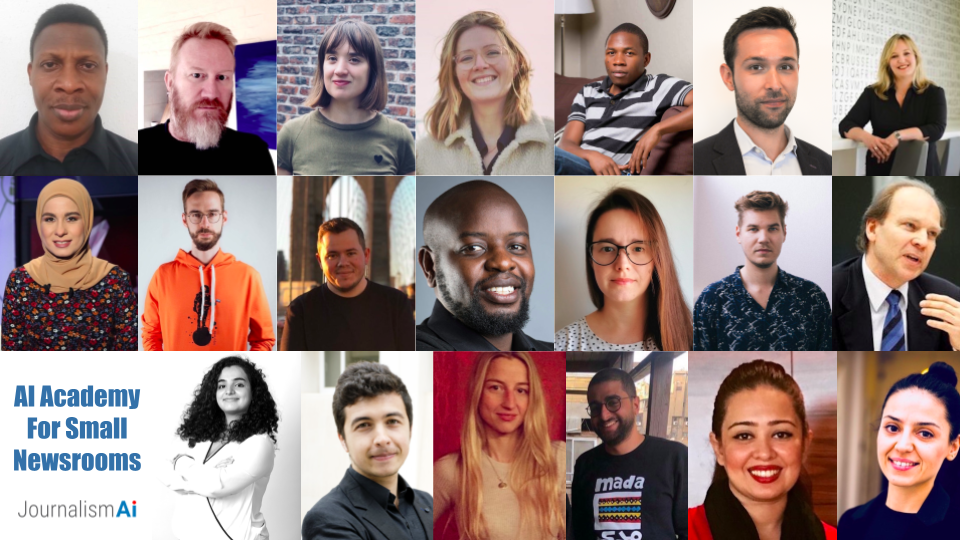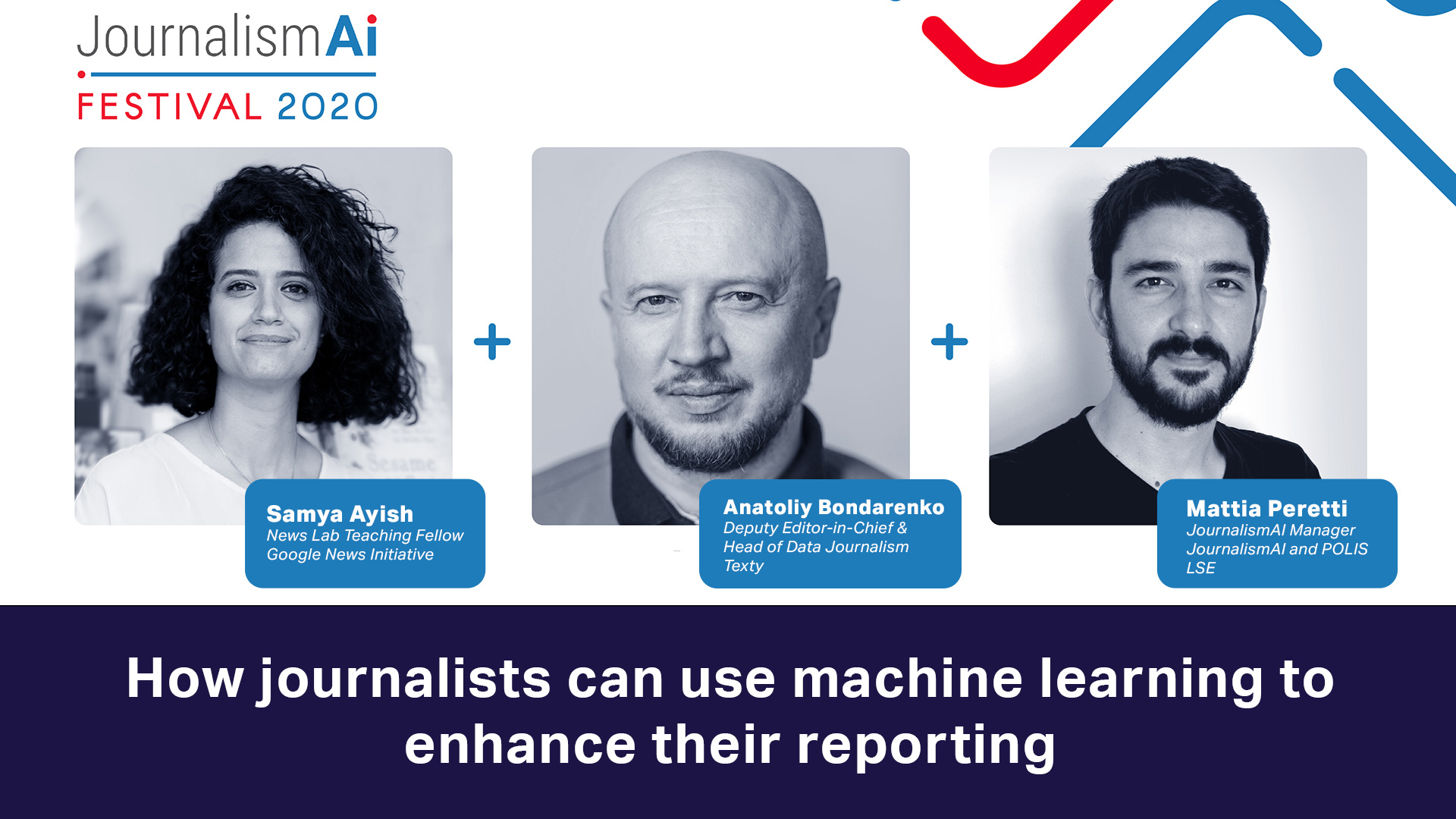If you are a small newsroom, how do you start approaching AI technologies when resources are limited? In this article, AI strategist Mara Pometti responds to some of the questions raised by the participants of our AI Academy for Small Newsrooms. Mara was one of the instructors in the 6-weeks programme designed to help small and digital-native news organisations leverage the full potential of artificial intelligence.
Recently, I had the honour to present the last module of the AI Academy for Small Newsrooms: “From ideation to implementation”. The objective of this module was to show the participants – 20 talented journalists working in small news organisations from Africa, Europe, and the Middle East – a framework to design an AI strategy that leads to the actual execution of solutions. This is a unique framework that I co-created with the attempt to humanise data and AI in the context of business, and that I use to help different companies craft their long-term AI vision.
I wanted to provide journalists with a different perspective, by telling the story of how AI is being employed in other industries to spur new ideas, and reveal to them a broader realm of possibilities. Although I am a data journalist by training, I now work at IBM as a Global AI strategist. In my job, I am confronted daily with the need for companies to design an AI strategy that returns a well-defined set of initiatives to implement. A strategy gives purpose to the use of data and AI technologies by identifying the major areas where they can provide tangible value to end-users. The need to employ machine learning models and algorithms to innovate mainstream processes and create new value for us, as human beings, holds true in journalism as well.
Listening to the challenges faced by the Academy participants in their newsrooms, made me realise how similar their issues are to the rest of the industry when it comes to adopting AI. For example, one of the biggest challenges that we uncovered over a design thinking workshop was not knowing where to start with AI because of the lack of a solid method to identify use cases and extract a technical roadmap for their execution. Despite what it may sound like, this is a problem far more strategic than technical.
The real challenge, especially within newsrooms, doesn’t rely exclusively on the number of data scientists to hire, or on the technologies to employ, but rather on how to foster a data and AI culture among journalists and business stakeholders.
After presenting the AI strategy framework, the first reaction of some of the participants was: “This is so overwhelming! How many resources would I need for starting with AI? How many data scientists should I hire? How am I going to implement these technologies?”
That reaction is understandable. The complexity of dealing with AI spans from data, business, people, technologies, compliance, regulations, ethical concerns, explainability, implementation and deployment issues… you name it. The good news? You don’t have to address everything at the same time. The secret dwells on having a clear plan for the journey: yet you can take one step at a time towards the destination.
The real challenge, especially within newsrooms, doesn’t rely exclusively on the number of data scientists to hire, or on the technologies to employ, but rather on how to foster a data and AI culture among journalists and business stakeholders. AI is a mindset, resulting from understanding how to bridge data and humans’ needs through creative and strategic thinking that leads to designing AI solutions.
Everything starts from asking the right questions: uncovering unknowns hidden in humans’ challenges guides us to an awareness of the data needed, the AI potentials hidden in that data, and the intentions lying behind AI. Starting from a human-centric method reduces the complexity of AI by breaking it down into smaller modules on which teams can execute gradually, following a clear plan composed according to the criteria of feasibility and impact to the user.
AI is only a means to an end: failing to craft a strategy for how and why to implement AI systems in the fabric of a newsroom will make it impossible for journalists to truly make the leap towards a new data-centric journalism model.
In times when trust in journalism is being eroded by the rampant plague of misinformation, lost as we are in an ocean of content generated everywhere and by everyone, newsrooms can apply machine learning and other AI techniques to address this immense societal challenge that threatens our democracies.
AI can become a powerful ally for journalism and help newsrooms to shed light on overlooked facts and stories while protecting our institutions from all of those who disparage real news. Artificial intelligence, merged with the rigour and critical thinking of journalists, can keep those people in check. Yet, an AI strategy to change the pace at which newsrooms operate is needed, now more than ever, as well as programs, like the AI Academy for Small Newsrooms that can prompt this cultural change.
The article was written by Mara Pometti, one of the instructors of the AI Academy for Small Newsrooms. Find out more about the Academy here.
After this year’s pilot programme, we are looking forward to offering new editions of the Academy in 2022. Sign up for our monthly newsletter to stay informed about all our activities.
JournalismAI is a project of Polis, supported by the Google News Initiative.







